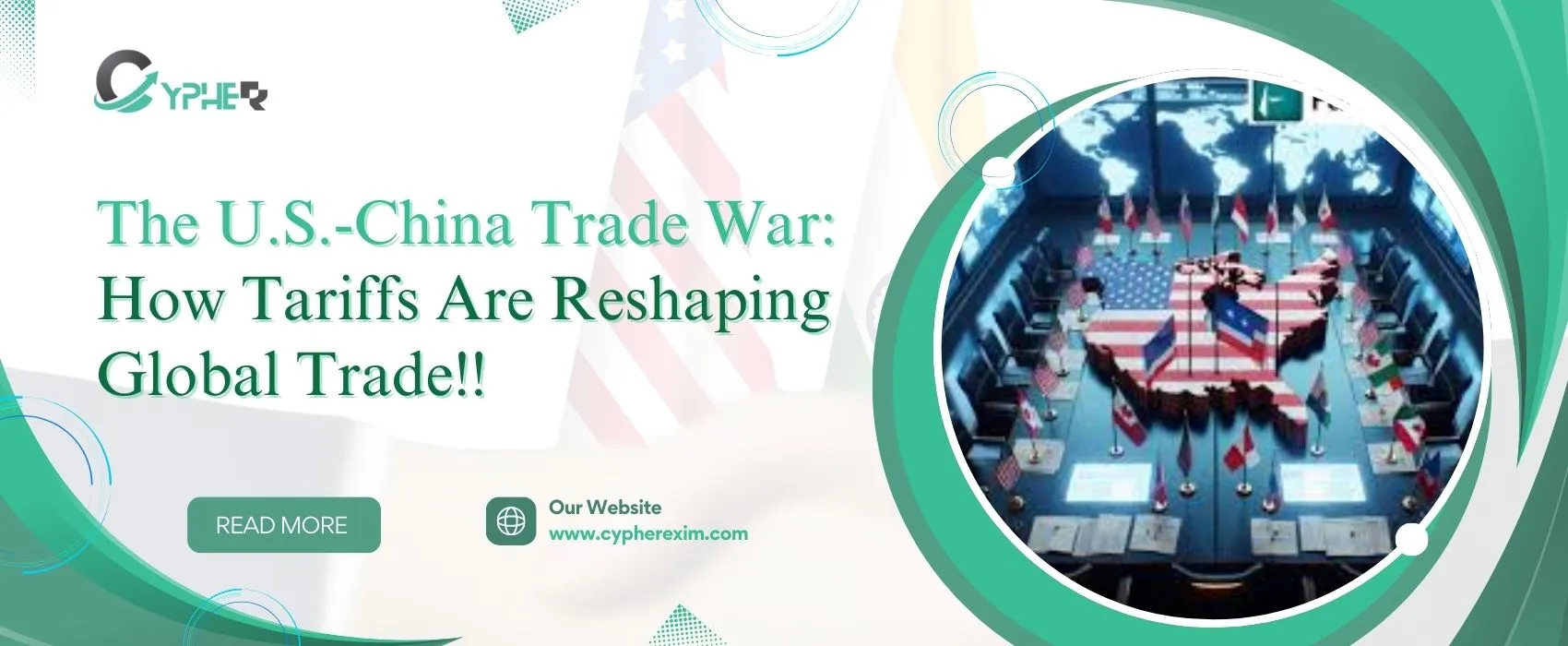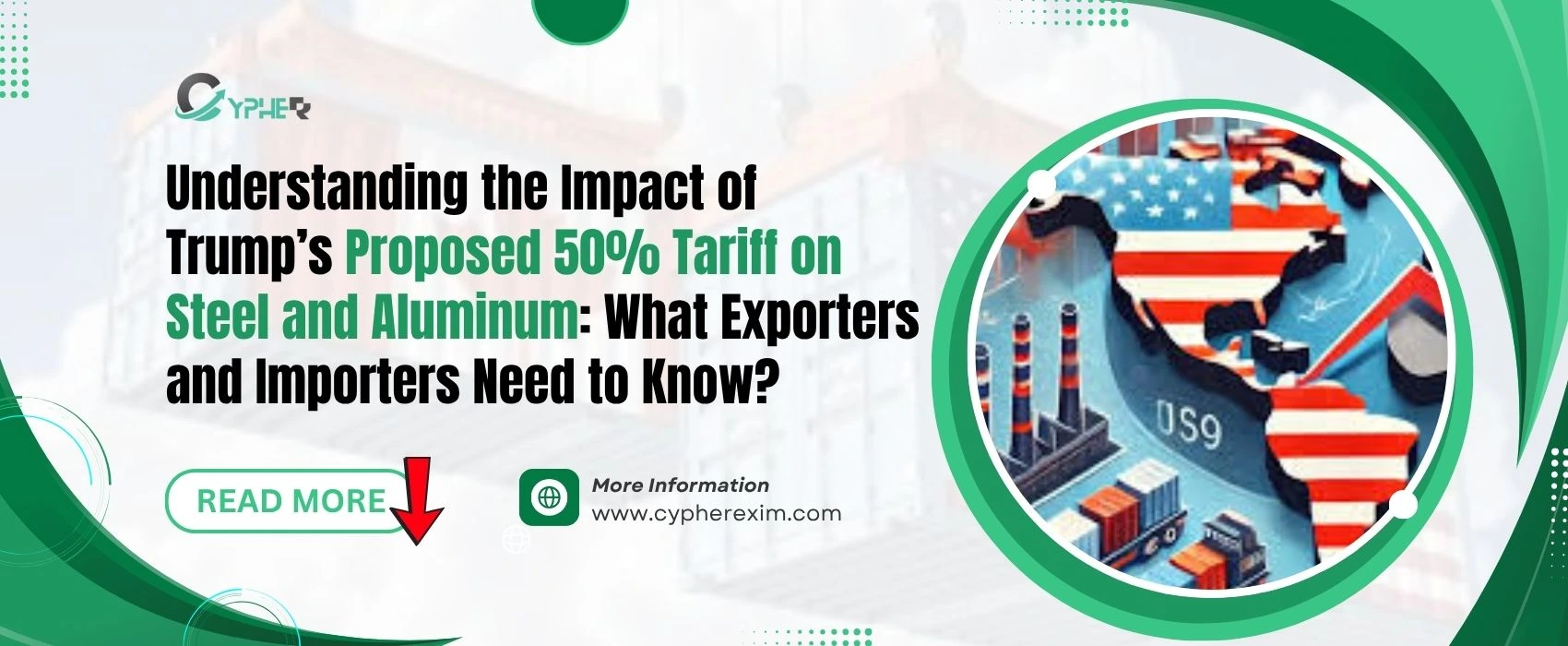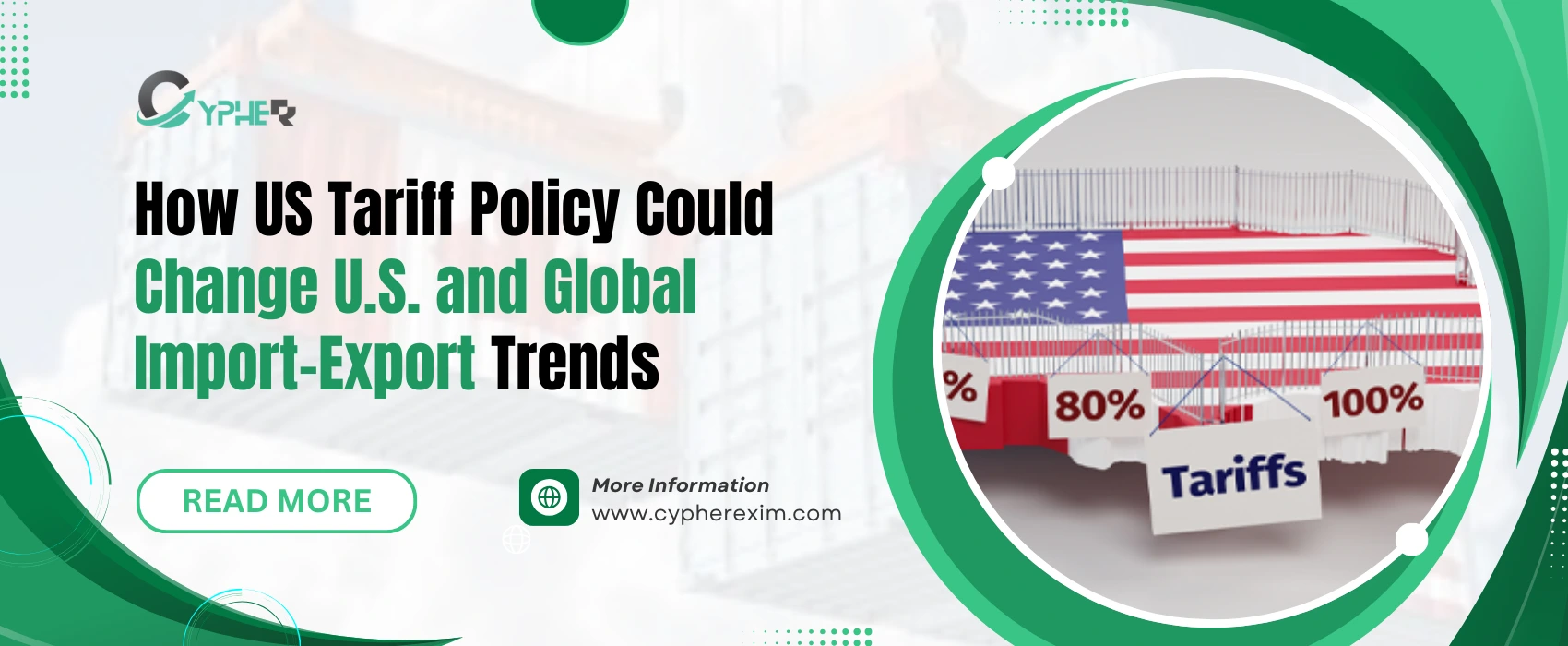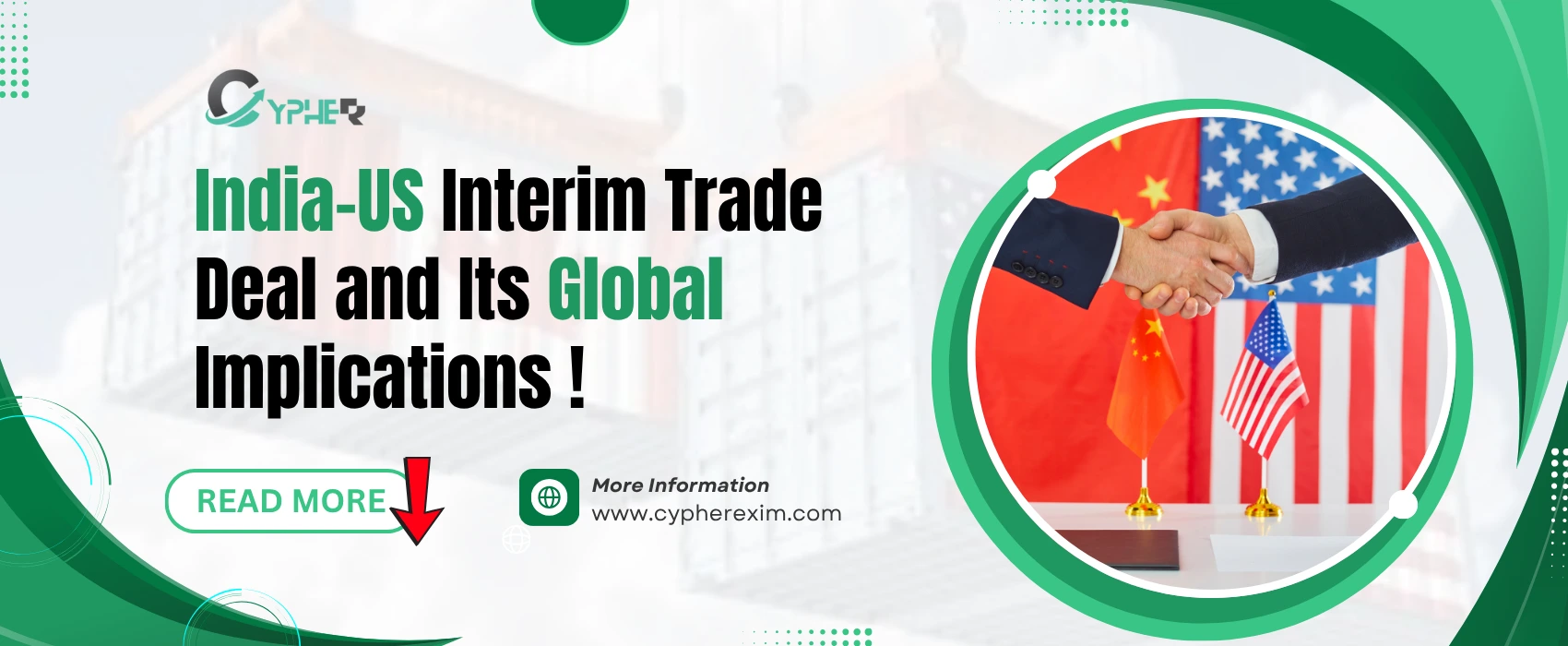
The U.S.-China Trade War, which commenced in 2018 when the U.S. tariffs on Chinese products were at its peak for unfair trade practices and intellectual property issues, is a significant economic conflict. China matched this move by bringing U.S. exports with its own tariffs to offset the effect. The ongoing dispute has led to the unstable global supply chains, thereby affecting all the industries in the businesses, and at the same time, very different policies of the ecosystem have indulged the trade policies, market stability, and economic growth into the trading argument. These changes in trade policy still transformed these international trade patterns, increasing the impact of new investment strategies, and repositioning the manufacturing sector, and even the generation of new market opportunities that circulate to various countries across the world have been affected too. In this regard, both the participating nations are not only deprived of market access but also investment in the supply and production of products. At the same time, the participating countries agree to work together in the joint research and innovation programs in the field of high value and clean technologies at a global level. They simply acknowledge the hard work, and they are ready for some preliminary negotiations with each other.
The U.S.-China Trade War began in 2018 due to rising tensions over trade imbalances, intellectual property theft, and unfair trade practices. The U.S. accused China of forcing technology transfers, subsidizing state-owned enterprises, and manipulating currency, leading to heavy tariffs on Chinese imports. In retaliation, China imposed tariffs on U.S. goods, affecting industries like agriculture, technology, and manufacturing. The conflict escalated, disrupting global supply chains and increasing costs for businesses. While negotiations have taken place, the trade war continues to influence international trade policies, economic growth, and market stability worldwide.
In response to U.S. tariffs, China imposed additional tariffs on key U.S. exports, targeting industries such as agriculture, technology, and manufacturing. Soybeans, automobiles, and electronics were among the hardest-hit products, significantly impacting American farmers and manufacturers. China also sought alternative trade partners to reduce reliance on U.S. goods, increasing imports from Latin America and Europe. The retaliatory tariffs intensified trade tensions, disrupted global supply chains, and slowed economic growth. Despite ongoing negotiations, the U.S.-China trade war continues to shape international trade policies and market dynamics worldwide.
The U.S.-China Trade War has significantly impacted global businesses, supply chains, and economies. In the U.S., higher tariffs increased production costs, leading to higher consumer prices and financial losses for industries like agriculture and technology. Many companies relocated manufacturing to Vietnam, India, and Mexico to avoid tariffs. In China, economic growth slowed, forcing businesses to seek new trade partners in Europe, Latin America, and Africa. The ongoing conflict has disrupted global markets, increased trade uncertainties, and led to shifts in international trade policies and investment strategies worldwide.
The U.S.-China Trade War has disrupted global trade flows, increasing uncertainty for businesses and investors. Tariffs on Chinese goods led to higher production costs, forcing companies to relocate manufacturing to nations like Vietnam, India, and Mexico. China responded by shifting its imports from the U.S. to Latin America and Europe. Supply chain disruptions impacted shipping routes and pricing, while global markets faced volatility and slower growth. The trade war has reshaped trade alliances, encouraging nations to diversify partnerships and reduce reliance on the U.S.-China trade relationship.
The future of U.S.-China trade relations remains uncertain, with both nations seeking negotiations and policy adjustments. While some tariffs may be lifted, tensions over technology, intellectual property, and market access continue to challenge trade agreements. Businesses are diversifying supply chains to reduce reliance on China, while China strengthens trade ties with Asia, Europe, and Latin America. The trade war’s long-term effects will shape global investment strategies, trade policies, and economic stability, with future agreements potentially easing tariff burdens and fostering balanced trade relations.
The U.S.-China trade war has reshaped global trade dynamics, forcing businesses to adapt to new regulations and supply chain models. While tariffs continue to impact imports and exports, emerging markets and alternative trade routes are helping to rebalance global commerce.
For businesses looking to navigate the complexities of global trade, accessing reliable import-export data is crucial. Cypher Exim provides comprehensive trade data insights, helping businesses track market trends and make informed decisions.

Trump’s 50% Tariff on Steel: What Importers Must Know
05 June, 2025

New Zealand-USA Trade: Exports & Bilateral Relations Analysis
03 April, 2025

How U.S. Tariffs May Shift Global Trade Trends
08 April, 2025

India Restores RoDTEP for SEZs, EOUs & AA to Boost Exports
27 May, 2025

India-US Trade Deal: What It Means Globally
30 May, 2025